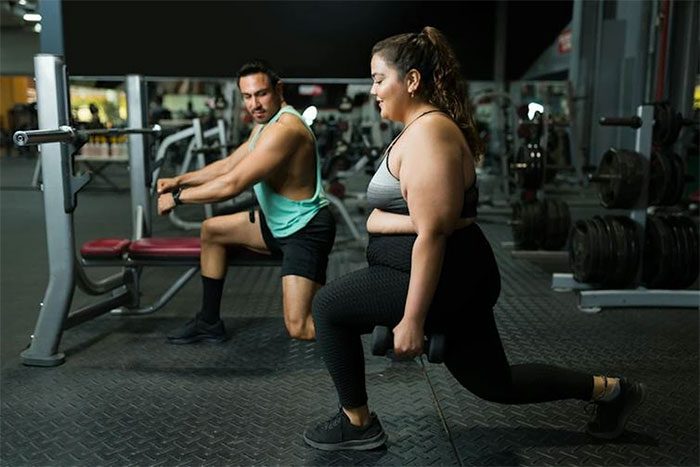Many people mistakenly believe that lactic acid accumulation after excessive exercise is the cause of muscle soreness. However, the reality is much more interesting and a bit more complex.
Not Lactic Acid
For many years, scientific research has shown that muscle pain after high-intensity exercise is not related to lactic acid.
In fact, cells produce lactate, not lactic acid. This process does not lead to the accumulation of acid in the muscles and blood. However, the outdated belief continues to lead many to use the term “lactic acid” when referring to muscle pain after exercising.
Lactate does not cause serious problems for the muscles during heavy exercise; in fact, your muscles might even be more damaged without it. So if it’s not lactic acid and not lactate, then what is the real cause of muscle soreness?

Regular exercise will gradually help your muscles adapt to avoid soreness when engaging in more strenuous activities.
Muscle Pain During and After Exercise
While you are exercising, a multitude of chemical reactions occurs in your muscle cells. All these chemical reactions create by-products that transport water to the cells.
This leads to increased pressure inside and between muscle cells. This pressure, combined with the movement of molecules from the muscle cells, can stimulate nerve endings and cause pain during exercise.
You may also feel pain and discomfort hours or days after exercising more than usual. Several factors contribute to this. When you overexert beyond normal limits, you can cause micro-tears in the muscles and connections to the tendons.
Such damage releases ions and other molecules in the muscle, causing localized swelling and stimulating sensory nerve endings. This phenomenon is also known as “delayed onset muscle soreness” (DOMS).
While the damage occurs during the workout, the reactions leading to injury will take place in the following 1 to 2 days (and even longer if the damage is severe). This can leave you feeling pain and difficulty moving even at a normal level.

Less painful workouts make exercising more enjoyable.
Conclusion
Research confirms that delayed onset muscle soreness from exercise is not related to lactate or lactic acid.
Even if there is some pain, your muscles will adapt quickly. Thus, within 2 weeks of resuming exercise, you can engage in the same intensity again without experiencing pain.
If you set a training goal, such as participating in a hiking trip or a marathon, it is advisable to establish a gradual training plan to increase intensity over several months. Such a training approach will gradually enhance your muscles’ adaptability to avoid delayed onset muscle soreness.
Simultaneously, during this training process, the reduced pain due to gradually increasing levels will make exercising more pleasant, helping you stay committed to your training without getting discouraged, thus establishing a daily workout habit.


















































